Moths are a common nuisance in many homes. They are attracted to light and can often be seen fluttering around lamps or windows. While they may not be dangerous, moths can be annoying and their presence may indicate an infestation. So how long do these creatures live in our homes? Read on to find out!
Do Moths Live For 24 Hours?
No, moths typically do not live for only 24 hours in a house. Depending on the species and environment, it is possible for them to survive up to several months indoors. During this time they will feed off of any fabrics or organic material they can find while they look for a mate with which to reproduce.

Once mating has occurred, the female moth will lay her eggs on a suitable surface where her larvae will hatch out after about two weeks and begin feeding as soon as their small mouths become functional. As these larvae mature, they eventually pupate and emerge from their cocoon anywhere from 2-4 weeks later depending on the species and environmental conditions. The adult moths then have usually between 3-4 weeks before dying of natural causes, though some species may have a much longer lifespan.
As such, it is important to not only identify and remove the moths from your home but also use preventative measures to ensure that they do not return or lay eggs in your house. This can be done by sealing up cracks and crevices around windows and doors, using window screens on all openings, regularly cleaning surfaces with soap and water, vacuuming carpets often, and storing foodstuffs in airtight containers.
Taking these steps now will help to minimize the chances of having an infestation in the future. [1]
Do Moths Die If You Touch Them?
Moths are relatively fragile creatures and can be easily killed if they are handled too roughly. It is best to avoid touching moths as their scales may come off, which can damage their wings. If you must handle a moth, do so gently with clean hands as even this slight disturbance can reduce its lifespan.
Moths typically live anywhere from one to two weeks in the wild, but their lifespan inside your home may vary depending on factors such as temperature and humidity levels. Although it is possible for moths to die if they are mishandled or exposed to unfavorable conditions within a home, there is no guarantee that touching them will cause death. To ensure that the moths living in your house stay safe and healthy, keep an eye out for any signs of infestation and take the necessary steps to remove them.
How Long Do Moths Live Without Food?

Despite the species, moths are capable of surviving without food for up to a month or longer; however, if they don’t get enough sustenance in due time their lives will be cut short. There are several factors that affect how long a moth can survive without food, including temperature, humidity and access to water. Generally speaking, moths need some sort of nutrition in order to maintain their energy levels and continue living. The lack of sufficient nutrients will lead to the moth’s eventual death due to starvation.
In addition to not having access to food, moths also need an adequate supply of water so that their bodies can remain hydrated. Without enough water, the moth’s body organs will begin to deteriorate and cause it further harm until it ultimately dies. Therefore, in order to extend a moth’s life span, it is important to provide it with access to water and a source of nutrition.
Moths typically live longer when they have an environment that supports their needs for food and water. If there are no sources of food or water present, then the moths will eventually die from starvation and dehydration. [2]
Does Steaming Clothes Kill Moths?
Moths are attracted to fabrics, such as clothing and carpets, for their food sources and places to lay eggs. In order to protect your fabrics from moth infestations, it is important to understand how long moths will live in your house and what steps you can take to eliminate the issue.
One question many people have is whether steaming clothes will help kill moths or reduce their numbers. Unfortunately, steam cleaning clothes does not effectively eradicate moths on its own. This method of pest control should be used in combination with other preventative measures such as thorough cleaning and vacuuming of a space, washing fabrics regularly in hot water, dry cleaning items that can’t be machine washed, inspecting furniture often for signs of an infestation, and promptly disposing of any items found to have moths present.
Additionally, applying pest-repellent products to fabrics can help deter moths from colonizing in your house.
Although steaming clothes may not completely get rid of a moth infestation, it can be effective as part of an integrated approach to controlling the pests. Steam cleaning clothing helps remove eggs from fabric fibers, which is important for reducing the longevity of the infestation. It is also beneficial for killing adult moths on contact and larvae in carpets. Steaming should only be used on washable fabrics and garments that withstand high heat levels—steam treatments may damage sensitive materials such as silk or wool. [3]
Adult Moth’s Total Life Span
The total lifespan of the adult moth depends on a variety of factors including species, habitat and food source. As an example the Indian meal moth (Plodia interpunctella) has been known to live for up to one month within its natural environment, but can survive much longer in an indoor setting due to different temperatures and availability of food sources.
In general, the lifespan of an adult moth can range from a few days to several months depending on its species and conditions it is exposed to. Therefore, many homeowners may find moths living in their house for long periods of time until they are caught or removed by other means. In order to prevent moths from entering your home, it is important to keep a close eye on food sources and reduce the number of potential entry points around your home. This will help ensure that moths do not have access to the resources needed for them to survive and reproduce inside your house.
Butterfly Vs Moth Lifespan
Moths and butterflies have different life spans. Butterflies generally live shorter lives than moths. The average lifespan of a butterfly is 2 weeks to a month, while a moth can live anywhere from 1-12 months in ideal conditions. Moths are highly adaptable creatures that can survive in many environments for extended periods of time.
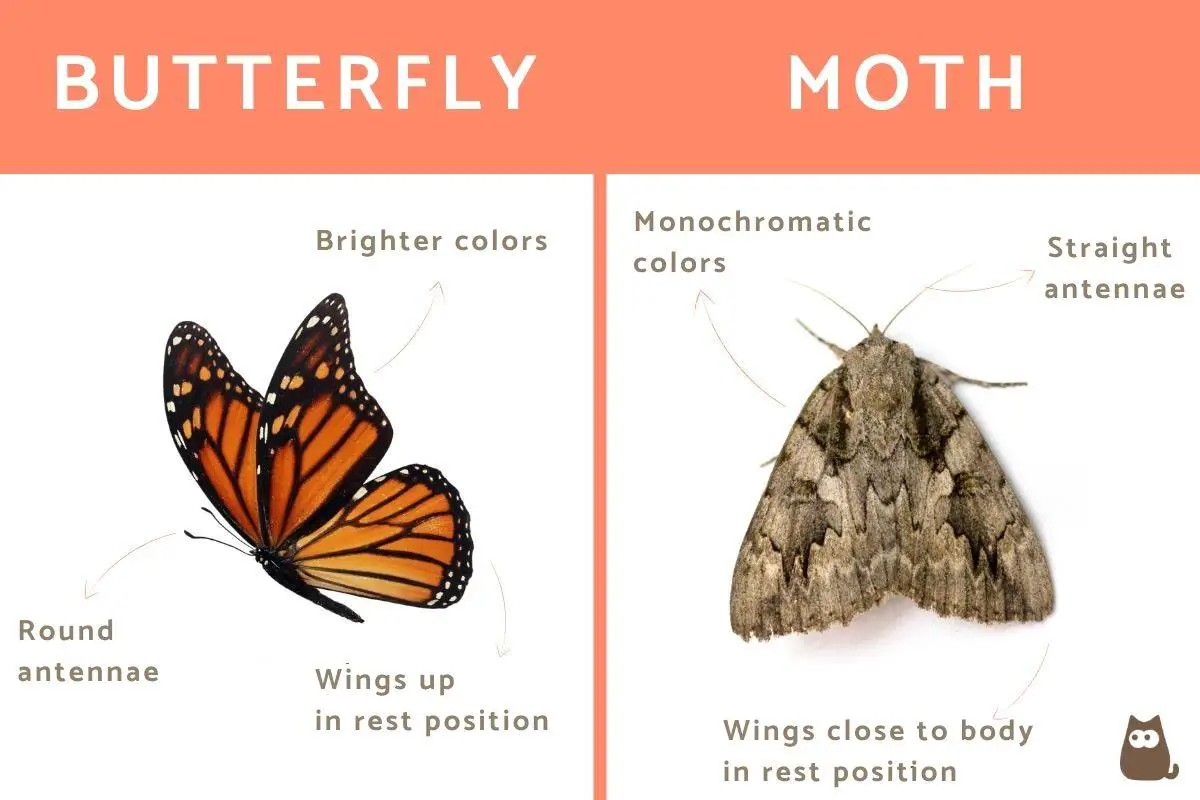
The type of moth species living within the home also affects their lifespan. For instance, clothes moths typically only live between 27-45 days inside the home before dying whereas pantry moths can survive up to 300 days if environmental factors such as temperature and humidity remain consistent. Similarly, Indianmeal Moth larvae usually remain pupae for around 8-10 weeks before emerging into an adult moth.
Moth species have adapted to survive in many different environments, contributing to their habitat longevity. For instance, some moths can hibernate during the winter and others can migrate if necessary. Moths also reproduce rapidly, with some females laying up to 200 eggs at once. This makes them more likely to spread and thrive in homes where they find plentiful food sources.
Overall, moths typically live longer than butterflies due to their ability to adapt to various environments and reproduce quickly. Depending on the specific moth species, they can live between 1-12 months inside a home. Therefore it is important for homeowners to take steps towards proper pest control if they suspect there are moths living in their residence.
Can Moths Reproduce in a House?
Moths can reproduce in a house if conditions are suitable. In order for moths to be able to lay their eggs and complete the reproductive cycle, they need access to food sources such as fabrics, carpets, furniture and other materials that contain protein or natural fibers. Once they have found an appropriate place to lay their eggs, they will usually stay in that area until the larvae hatch and begin feeding on nearby materials.
Moth larvae may remain inside your home for several weeks before becoming adult moths and flying away. Therefore, it is important to take preventive measures such as regularly vacuuming carpets, dusting furniture and using insecticides to eliminate moth populations in your home before they become too numerous. This will help ensure that your home remains free from moths and the damage they can cause. [4]
Do Moths Find Food in a House?
Yes, moths can find food sources in a house, especially if there is an abundance of natural fibers or stored pantry items. Moths often feed on fabric and grains, which can be found in the form of clothes or pantry items such as flour and cereals. Pantry moths are particularly attracted to these types of stored foods, while other species may rely more heavily on fabrics for sustenance.
Some adult moths even feed on nectar from flowers around the home! It’s important to inspect your belongings regularly and dispose of any infested items so that you don’t accidentally provide food sources for moths. Taking measures to prevent pests from entering your home in the first place will help reduce the chances of having them become a nuisance.
Why Do Moths Come into a House?
Moths often come into a house because of the food sources and other environmental conditions that are present. Generally, moths will seek out food sources such as grains, cereals, and pet food; they may also feed on fabrics with natural dyes or sweat or body oils.
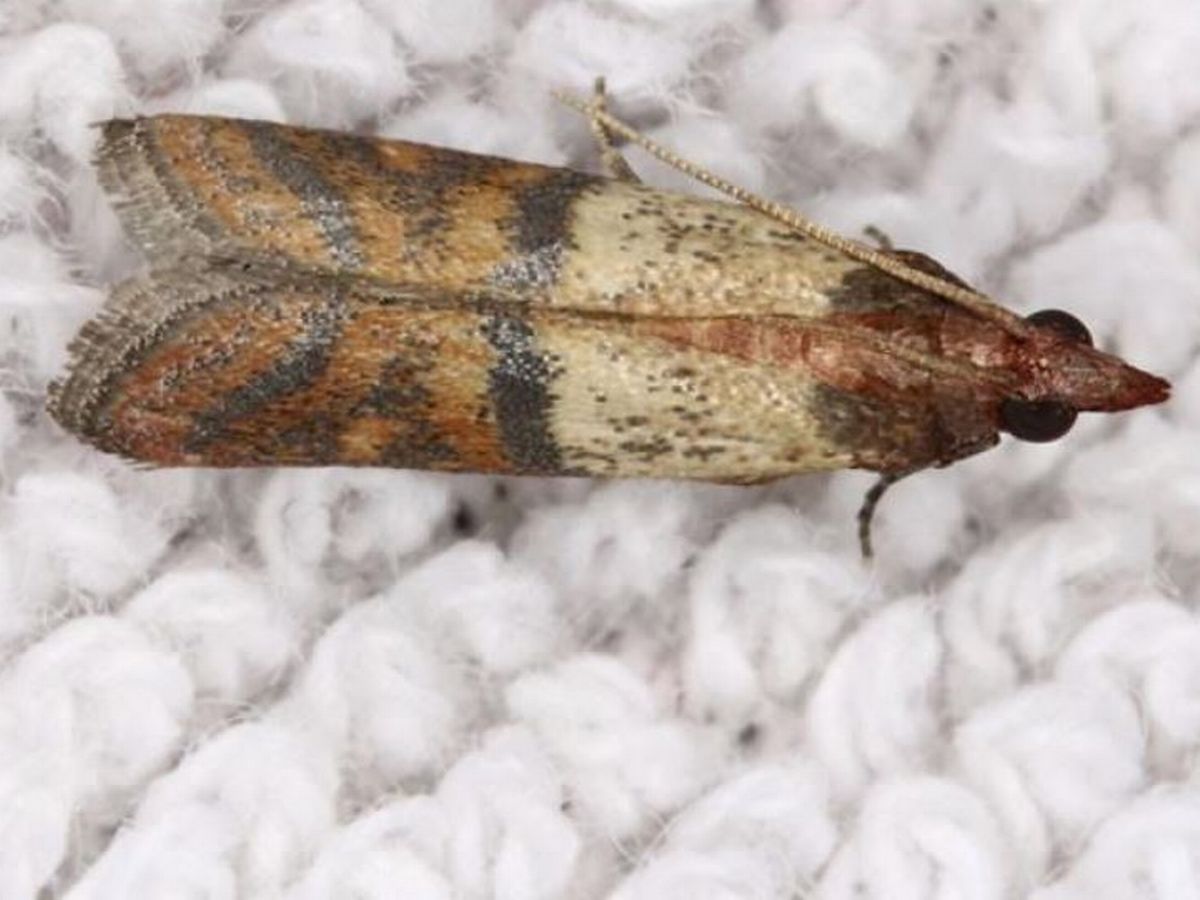
Moths can also be attracted by light sources in a home, as well as humidity levels that are too high. In some cases, eggs or larvae may have been brought into the house unknowingly when items such as clothing were purchased from secondhand stores. Once inside your home, it’s possible for moths to thrive if the right environment is present.
In summary, moths may come into a house due to the presence of food sources they can feed on, as well as favorable environmental conditions such as high humidity and light sources. Additionally, it is possible for moths to be unknowingly brought into the home from secondhand items. [5]
Moths in House: Possible Actions
Moths in a house can be an annoying and persistent problem. As moths typically only live for about 5-7 days, it is important to take action as soon as possible to prevent population growth. Here are some potential actions you can take:
- Check all fabric items in your home for signs of an infestation such as holes or pupae (a moth’s larval stage). Clean these items if necessary by washing them on a hot cycle. If an item cannot be cleaned, consider getting rid of it to reduce the risk of re-infestation.
- Vacuum carpets, furniture, curtains and other fabric surfaces regularly to remove any larvae or eggs which may have been laid by moths.
- Store fabric items in air-tight containers. This will reduce the likelihood of moths being able to lay eggs on them and make it more difficult for larvae to survive and mature.
- Reduce clutter around your home as this can provide hiding places for moths.
- Install automatic insect killers or traps strategically around your home to catch any adult moths which may be present and reduce the risk of re-infestation from outside sources
By following these steps, you can help reduce the number of moths in your home and prevent further infestations from occurring. However, if an infestation persists, professional pest control services may need to be consulted to eradicate the problem. [6]
Do Moths Need Light to Live?
Moths, like other insects, do not need light to survive. Moths do prefer dark, moist and warm places where they can hide during the day and come out at night to feed on organic material such as wool, fur and silk. Light is not essential for moths’ survival; however, they will use it as a guide to find food or a mate. Artificial lights can attract male moths that are searching for a partner since they mistake these lights for the moonlight reflecting off water surfaces in nature.
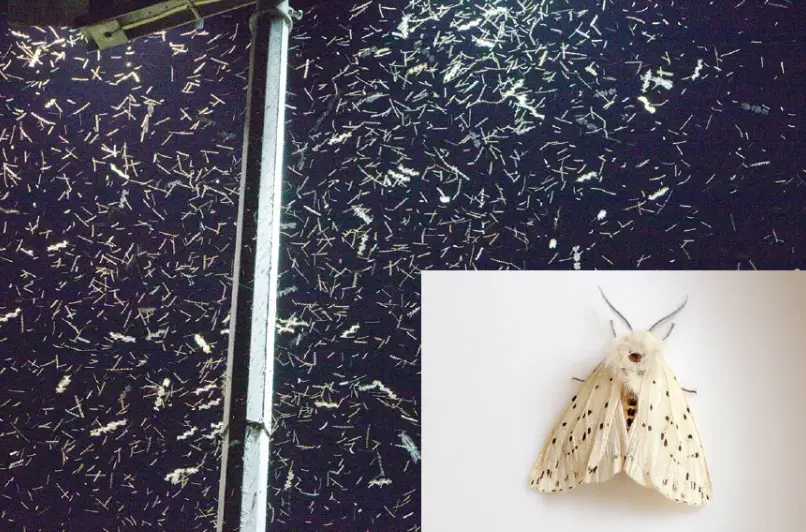
Once inside your home, moths can live anywhere from two weeks up to several months depending on their environment and access to food sources. Regularly vacuuming carpets and washing clothes in hot water can help reduce moth populations and keep them from living in your home for longer periods of time.
In addition, using cedar chips or moth killer sprays can help to further reduce the likelihood of moths finding their way into your house. Maintaining a clean environment can also discourage moth infestations by making it less desirable for them to live in your home.
Best Ways to Catch a Moth
Moths can be pesky pests in the home, but they don’t have to stay that way. By taking proper action and implementing the right methods, you can get rid of moths in your house quickly and easily. Here are some of the best ways to catch a moth:
- Use pheromone traps – Pheromone traps are one of the most effective moth control methods available. These traps contain special attractants that lure moths into them before they reach other areas of your home. The trapped moths then die off as they become dehydrated or unable to feed properly.
- Use sticky plates – Sticky plates are an inexpensive solution for catching moths inside your home. Simply place these sticky plates around your home, preferably in dark areas where moths are likely to congregate. The sticky surface will trap the moths as they try to land on it.
- Use light traps – Light traps attract moths with special ultraviolet or other colored lights and then kill them off quickly with a super-hot element inside the trap. These traps are great for catching larger numbers of moths at once, but you should be wary of using these in areas where there may be children or pets nearby due to the high heat output.
- Vacuum up larvae – Vacuuming up larvae is also an effective way to reduce your moth population. Since most types of moths lay eggs that hatch into larvae that then eat fabrics and other materials, vacuuming up these larvae can stop the problem at its source.
By using any combination of these methods, you can quickly and effectively reduce the number of moths living in your home. Of course, you should also take steps to prevent future moth infestations by storing food and fabrics properly and keeping your home clean and free from clutter. Doing so will help ensure that moths don’t return after you’ve taken action to get rid of them.
FAQ
How long do most moths live?
Most moths typically live for around two weeks in a house. However, some species may survive longer depending on the season and their environment. During cold weather, moths may become dormant and live up to several months. In warmer climates, they can be active year-round and may even reproduce multiple times throughout their lifespan. It is also important to note that different types of moths have different lifespans; for instance, clothes moths tend to live shorter than other common moth varieties such as Indian meal moths or pantry moths.
Are there ways to get rid of them?
Yes! There are several strategies you can employ to get rid of pesky moths in your home. These include thoroughly cleaning your house and pantry, using airtight containers to store food items, and vacuuming regularly. You can also use natural pheromone-mimicking traps or insecticides to help reduce moth populations in your house. However, it is important to note that these measures may not be effective against all types of moths. If you are having difficulty getting rid of a particular type of moth population, it is best to contact an experienced pest control professional for assistance.
What do moths eat?
Moths typically feed on materials containing proteins, sugars, and starch found in fabrics such as wool and cotton as well as plants like fruits, vegetables, flowers and grains. They also feed on other insects like flies and mosquitoes, as well as decaying matter. In addition, they may even feed on human foods such as flour and cereals.

How long do moths hang around?
It depends on the species and conditions of the environment. Generally, moths may stay in one place for a few days at most before flying off to another area in search of food or a mate. Some species may hang around longer if they find suitable resources and an ideal climate.
Can I prevent moths from entering my home?
Yes, there are several steps you can take to discourage moths from entering your home. These include regularly cleaning your house and pantry, using airtight containers to store food items, vacuuming frequently, and removing any potential moth sources such as outdoor plants or fabrics near your windows. Additionally, some natural pheromone-mimicking traps can help reduce the number of mothsthat enter your house.
How do moths reproduce?
Most species of moths reproduce through a process called “mating” in which two adult moths mate and the female lays eggs on the food source she has chosen. The eggs will typically hatch into larvae within a few days, and then those larvae will feed until they are ready to pupate (the final stage before becoming an adult moth). After pupation, adult moths may emerge within a few weeks and start the cycle all over again.
Useful Video: Complete Life Cycle of Clothes Moth on a Wool Rug
Conclusion
In conclusion, the life expectancy of moths in a house can range from a few days to several months. Factors such as temperature and humidity play an essential role in their survival. To prevent moths from invading your home, it is important to keep the environment dry and clean, seal entry points, and vacuum regularly. Additionally, using natural moth repellents like cedarwood or lavender oil can help deter them. By following these simple steps you can keep moths at bay and avoid costly damage to clothing and fabrics stored in the home.
References
- https://a-z-animals.com/blog/how-long-do-moths-live/
- https://www.mothprevention.com/blogs/the-art-of-prevention/the-moth-life-cycle-of-common-clothes-and-carpet-moths
- https://kidadl.com/facts/how-long-do-moths-live-managing-moths-in-your-house
- https://www.homepestremoval.com/how-long-do-moths-live-inside/
- https://pestabc.com/moth-survive-in-house-duration/
- https://www.fantasticpestcontrol.co.uk/blog/how-long-do-butterflies-live/


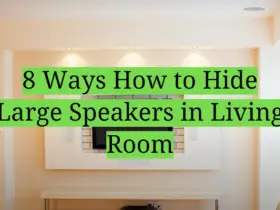


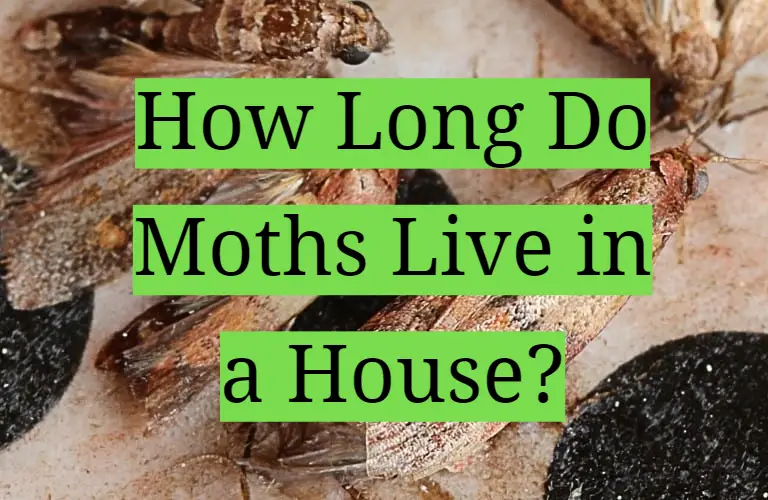




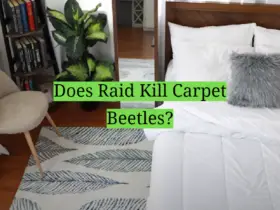



Leave a Reply